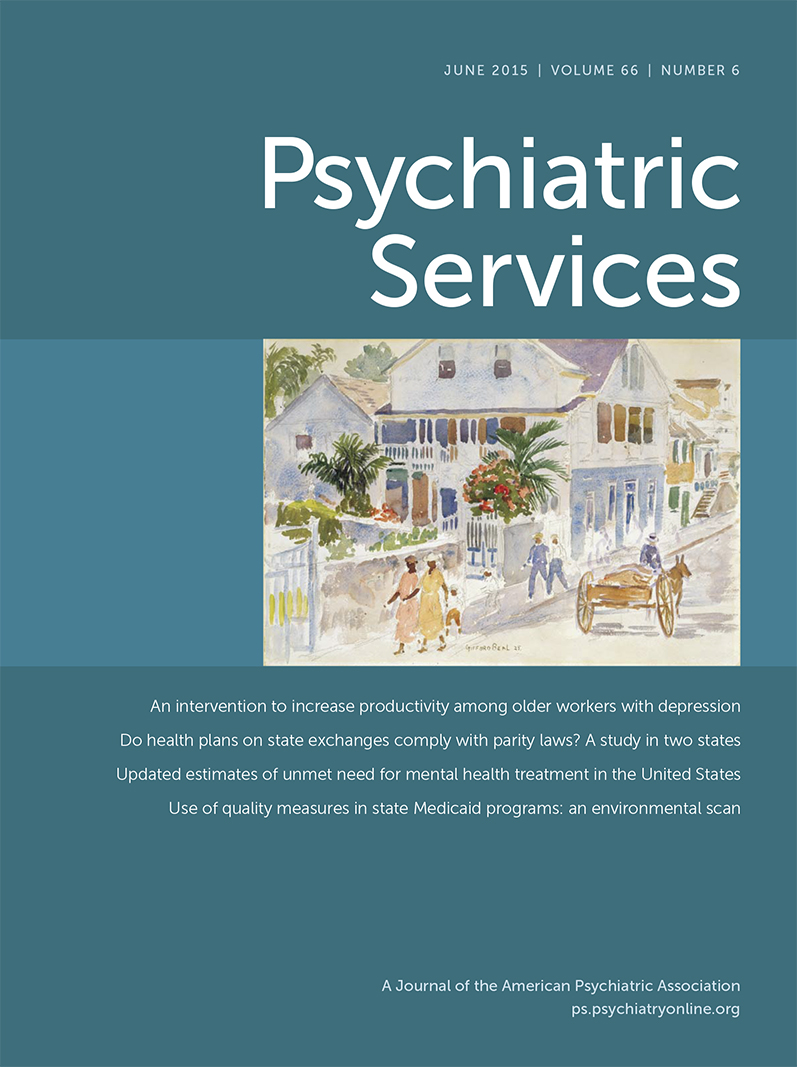Smoking Cessation Services and Smoke-Free Policies at Substance Abuse Treatment Facilities: National Survey Results
Abstract
Objective:
The high prevalence of cigarette smoking among substance-abusing patients has raised concern. This study assessed the prevalence of and factors related to smoking cessation services and smoke-free policies in substance abuse treatment facilities in the United States.
Methods:
Facility-level data were obtained from the 2012 National Survey of Substance Abuse Treatment Services (N=13,094). Multivariate logistic regressions were used to examine institutional- and state-level factors associated with use of smoking cessation services and smoking bans.
Results:
Of all facilities, 46.8% offered behavioral counseling or pharmacotherapy services for smoking cessation, and 35.2% banned smoking on the property. Programs were more likely to offer smoking cessation services and to ban smoking if they had the following characteristics: they offered inpatient services, accepted government insurance, were licensed by state mental health departments, or were located in metropolitan areas, states with comprehensive smoke-free laws, or states where >30% of substance abuse treatment facilities were smoke free. Public programs were more likely than private for-profit organizations to offer smoking cessation services and to ban smoking. Providing a greater number of services was positively associated with delivery of smoking cessation services but negatively associated with smoking bans. Larger programs were more likely to provide smoking cessation services but less likely to ban smoking.
Conclusions:
Institutional characteristics and state environments influenced provision of smoking cessation services and smoke-free policies at substance abuse treatment facilities. These factors could be used to design comprehensive programs for dissemination of smoking cessation treatment and promotion of smoking bans at these facilities.



